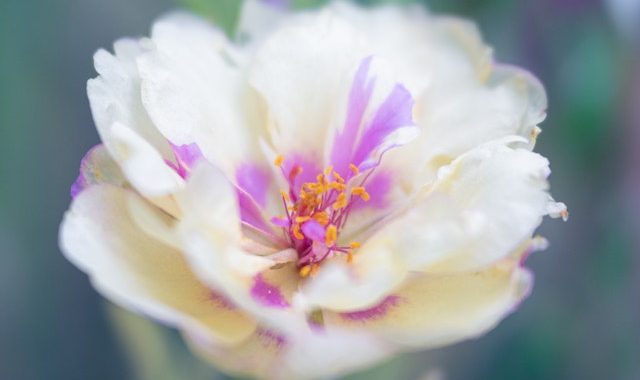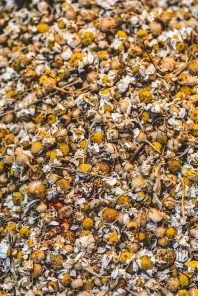The Most Poisonous Plants
Plants have been used as a source of nourishment (their fruits and some leaves) and as a treatment for ailments from ancient times. Prior to technological advance, humans had to distinguish the benefits of each individual by experimentation with themselves and putting their own lives in danger, as intake of the most poisonous plants can be fatal.


